I found out very quickly about cadence several years ago when I had the sudden onset of plantar faciitis, ouch. I had six months off running. It was excruciating – and gave me a long time to research running form and “ways I can prevent this ever, EVER happening to me again”.
Cadence is the number of times your feet strike the ground in a minute. A cadence of 180bpm (beats per minute) is widely accepted as the optimal cadence.
In the myriad of actions you can take to address niggles that have the potential to turn into nasty injuries, an increase in cadence is often recommended. This is to reduce stride length and increase the likelihood that your foot will land under your hips (distributing weight more evenly in your foot/preventing heel striking). And, it’s usually when something goes wrong and we are injured. It is not for everyone (if it ain’t broke then don’t fix it!), however, if you are having niggles/issues in your lower legs, increasing your cadence may be one of the things you can do to prevent worsening injury.
Ways to help you increase your cadence:
- Just actively concentrating on speeding up the number of steps you take and consciously working on increasing cadence and landing your feet under your hips. It can take a bit of time to actually increase your cadence but still run at an easy pace. It’s tricky and it takes practice, lots of practice.
- Run with a friend that has a higher cadence than you. I have an amazing runner friend that is quite a bit shorter than I, and naturally runs with a very high cadence. When I run with her it automatically makes me increase my cadence.
- Use a metronome – When I finally came back to running I downloaded a metronome and I spent a good six months listening to the beeping metronome set at 180bpm while I ran. To start with it seemed very difficult to keep up with, but over time I got the hang of it. Funny enough, I can now tap 180 beats per minute with pretty good accuracy, and I know exactly when I am running 180bpm. Dedication required when using a metronome is quite high.
- Use music set to certain bpm – there are several podcasts that set music to certain cadences. Examples are “motion traxx”, “podrunner” and there are also apps that can change the bpm of your music. Looking back now potentially it would have been good to increase cadence over time, rather than go straight to 180bpm eg. if your cadence now is 160 you can use increasingly higher cadence 160 – 170 – 180 as you get used to the change.
Be patient, it takes time but if you think it may be the key to prevent injury and improve your running, it can worth the effort.
Kate coaches for RMA and can be found at www.coachkate.com.au



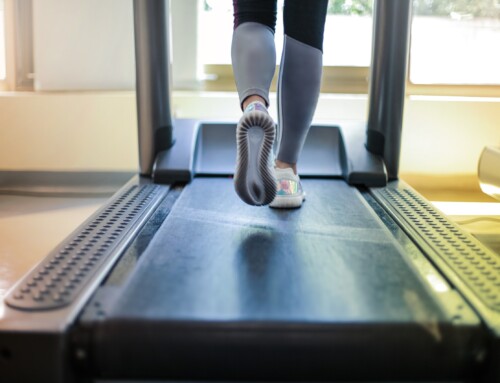
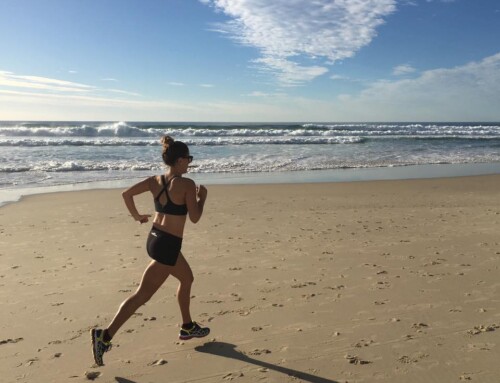
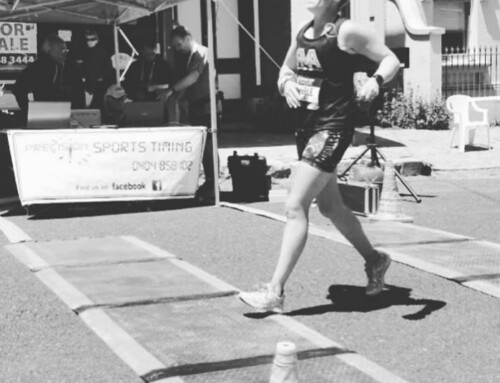
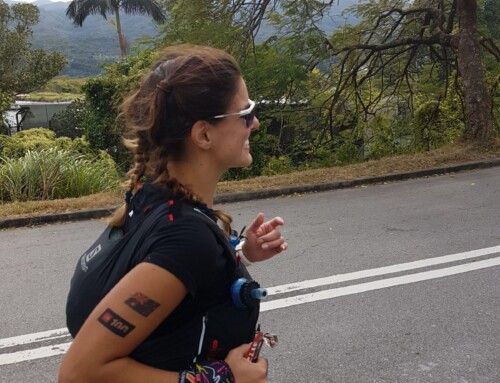
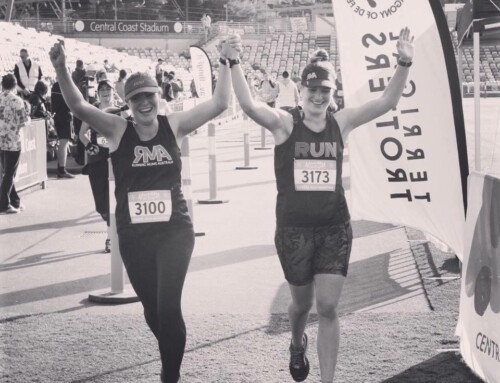
Leave A Comment